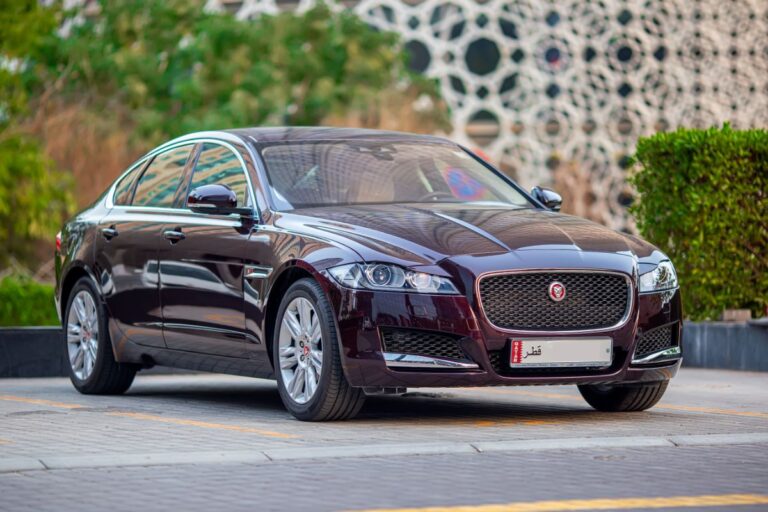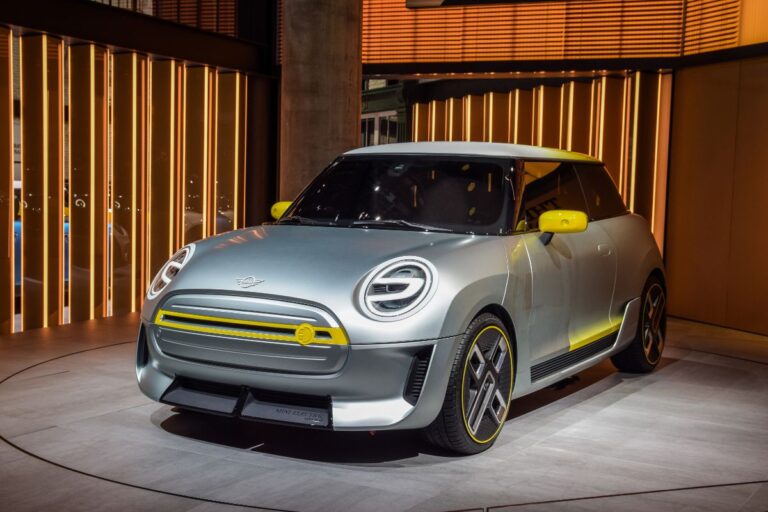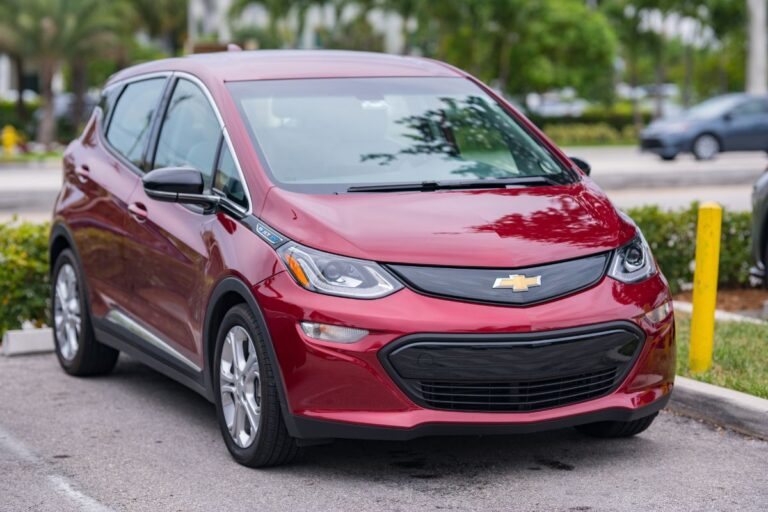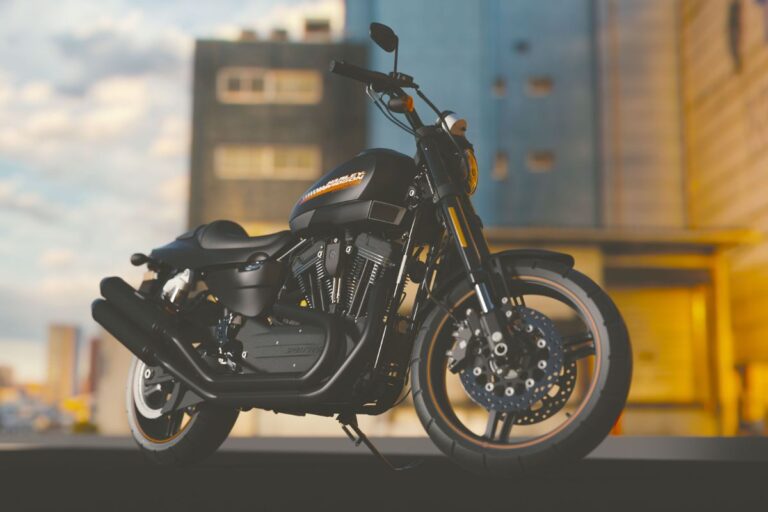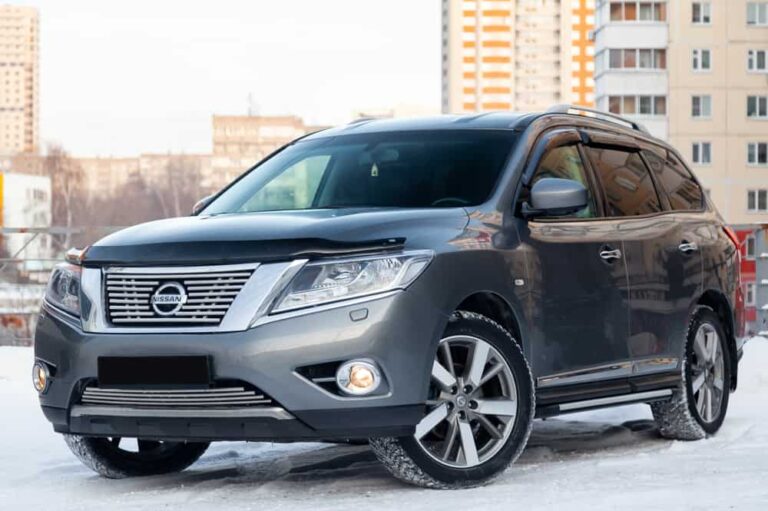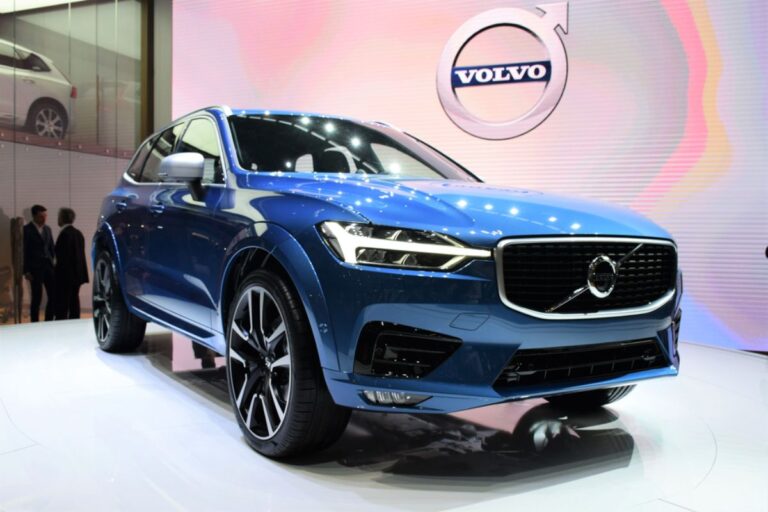
It certainly seems like almost everyone is shopping for a Sports Utility Vehicle these days, and considering the Toyota Highlander has topped best-seller lists for many years, it’s probably on your shortlist already. The Honda Passport is an equally appealing option from a fellow Japanese automaker, although not quite as large and offering one less seating row. Is it worth choosing the smaller SUV over the familiar Toyota?
Both SUVs have a comprehensive safety suite and the same gas engine under the hood. The Highlander offers a hybrid option that is frugal in terms of gas mileage. Although it is larger, the Highlander is more fuel-efficient with the gas motor.
Despite being more expensive, the Highlander is worth the money spent as it is more spacious and comfortable.
These SUVs share numerous similarities and come from two respected brands, right down to the gas engine and safety suites equipped. Let’s compare the specifications to see which comes out on top.
On The Outside

In the battle of looks, these two competitors offer a lot of the same. Both manufacturers have chosen to stick with a muted yet modern aesthetic. The Highlander is slightly larger, considering it’s designed to seat a third row of passengers, and the body follows this function.
It’s a long, big car, and the nose end looks stylish with angular LED projector lights, and chrome or black grille surrounds, depending on the model.
Wheel sizes range from 18-inch items through to 20-inch alloys on the top trims, with a power moonroof coming standard on the higher-end models, too.
Honda hasn’t gone all out in the looks department either, although it’s debatable whether the Passport looks sportier. 20-inch wheels are standard across the range, and all trims get LED headlights, a dual-exit exhaust, and some privacy glass. Some variants get blacked-out exterior trim to appeal to those who want a slightly more aggressive look.
Choosing between these two on looks alone is difficult; neither offers anything exciting, although that’s hardly the point of the segment they compete in. Let’s have a look at areas where they truly shine.
Step Inside
Seating and Upholstery

One significant benefit of opting for the Highlander is choosing a model that could seat up to eight people. You get to choose between bench seats and captain’s chairs for the second row, with the latter giving you seating for seven. Like most three-row SUVs, the rearmost seating is best reserved for children since the legroom is tight.
Depending on what you’re looking for in an SUV, the Highlander’s hard-wearing plastics and cloth upholstery in base models could either be functional for you or frustrating. If you’re after something a little posher, you’ll have to opt for the top-end trims that get leather seats with heating and ventilation.
The Passport is on the other end of the spectrum, with seating strictly for five. Despite not having a third row of seats, the Passport is smaller in the second row than the Highlander. There’s over an inch more legroom in Highlander for passengers in the second row.
Like the Toyota SUV, Honda’s Passport comes with cloth fabric upholstery in the base models, upgrading to leather as you move up through the range.
The cabin’s overall look is similarly contemporary, although the Highlander’s available wood trims make it seem more mature than the Passport.
Cargo Space
Choosing an SUV is generally related to needing space for passengers and cargo, and the Highlander tries to offer both in spades. There are 16 cubic feet available behind the third row of seats and just under 50 cubes if you fold those down. For a maximum of about 84 cubic feet, you’ll need to drop all three rows.
Slightly smaller in size, the Passport can’t quite beat the numbers offered by the Highlander. Behind the back seats, you have 41.2 cubic feet of space available and up to 77.9 cubes if you stow all the seats. Indeed, numbers aren’t everything, but it’s rather crucial in a segment designed around practicality and versatility.
Features And Infotainment
Toyota is generous in terms of features on the Highlander. Tri-zone climate control, eight-way power-adjustable driver’s seat, pre-collision warning with pedestrian detection, road sign assist, radar-based cruise control, lane departure alert, and automatic high beams are standard from the entry-level model heated seats, a head-up display, and a surround-view camera on the range-topper.
At this point in the lineup, you also get an 11-speaker JBL sound system and a 12.3-inch touchscreen for the infotainment setup.
The Passport shares most of these features, including the primary eight-inch touchscreen display on the entry-level trims, but the Passport doesn’t have options to upgrade this. The sound system here comprises a ten-speaker setup. Both have Apple CarPlay and Android Auto.
Under The Hood

The Highlander is slightly heavier than the Passport by at least 200 pounds, but both average around 4,000 lbs. curb weight or more, depending on the grade. There must be something powerful under the hood to get these vehicles moving:
Engine, Drivetrain, and Transmission
There is some choice available with the Highlander, and your first option is a 3.5-liter V6 that makes 295 horsepower and 263 lb.-ft of torque. The other option is a hybrid motor setup with a combined horsepower of 243. If you stick with the regular gas motor, you get an old-school engine that works well with an eight-speed automatic transmission.
The CVT that comes with the hybrid motor isn’t bad at all, although it’s not as snappy as the auto ‘box.
Interestingly, despite its smaller size and slightly lower weight, the Passport’s mechanical heart offers less performance – 280 hp and 262 lb.-ft, from the same 3.5-liter V6. There’s no hybrid option at the moment, and the nine-speed automatic in the Passport is not as efficient at finding the right gearing as the Highlander’s. Both give you the option between front-wheel drive and all-wheel drive.
Performance

Realistically, no one is buying one of these to race muscle cars or perform smoky take-offs. So, the Highlander’s 6.7-second sprint to 60 mph is purely for comparative purposes. The Passport manages the 0-60 mph race in only six seconds, thanks to a more petite, lighter body.
In keeping with the similarities, both the Highlander and the Passport can tow a maximum of 5,000 lbs. when equipped correctly in specific configurations.
At The Pumps
A family budget is tough to manage, and the sticker price is not the only cost to consider when buying an SUV. Fuel economy is essential, and in this regard, the Highlander’s EPA figures of 21/29/24 mpg (city/highway/combined) are not bad – this goes for the FWD configuration, with slightly worse figures attributed to AWD models.
Obviously, the hybrid performs best here, with scores of 36/35/36 mpg. You can drive for around 400 miles on a tank of gas with the V6 version and about 600 miles in the hybrid.
Interestingly enough, the Passport is not more frugal, with EPA figures of 20/25/22 mpg with FWD equipped. This drops even more to 19/24/21 mpg in AWD setup and is much less impressive than the larger Toyota SUV. The range in the Passport is around 430 miles, thanks to a larger gas tank.
Safety First
Always important in the family-hauler segment, safety ratings for the Highlander are impressive. Eight airbags are standard, and the Highlander features a full suite of safety assists, which earns it full marks from the NHTSA. The Passport deserves similar praise, also sporting a five-out-of-five rating from the authority, shipping with as many safety features.
Pricing Comparison

The Toyota Highlander has a starting price of around $35k at the entry point to the range when fitted with the gas V6. You’ll need $4k on top of that for a basic hybrid variant. Top-end models can exceed the $50k mark if you spec it with all-wheel drive in Platinum trim.

Slightly cheaper, the Passport’s cheapest model has a sticker price of around $33k. Still, you can quickly get to the $50k mark as well if you choose a range-topping Elite trim with all-wheel drive.
And The Winner Is…
The Highlander has been around for ages, and despite being a little on the older side in terms of design, looks, and interior luxury, it remains one of the most practical and versatile three-row SUVs around. And the addition of a hybrid powertrain must be noted, too, for a lighter fuel budget.
While both feature superior safety ratings and are well-equipped with features and driver assists, the Highlander offers just that much more than the Passport when it comes to luxury and comfort. There is also the benefit of having three rows of seating and a whole lot more cargo space. Unless you want a smaller vehicle, the Highlander is the outright winner in this case.
References:
Car and Driver: 2021 Toyota Highlander
US News: Is the Toyota Highlander a Good SUV?
Car and Driver: 2020 Honda Passport
US News: Honda Passport

